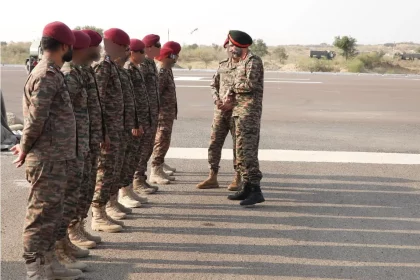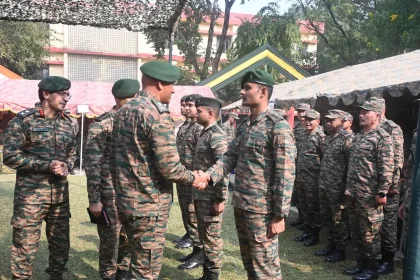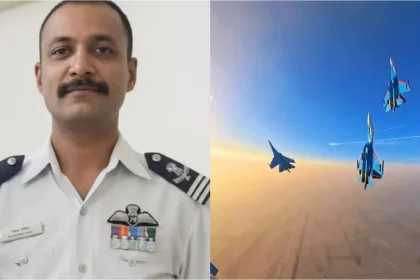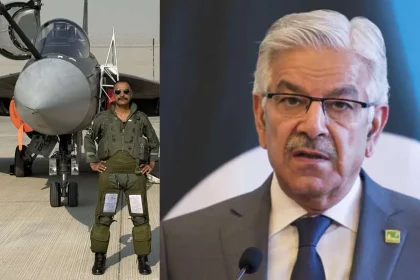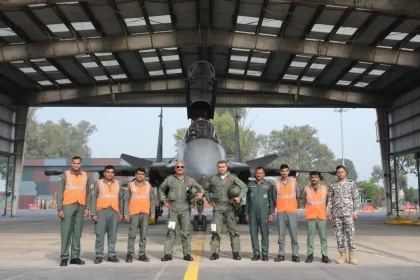Lt Gen HS Vandra Reviews Desert Warfare Training of Russell’s Vipers Assault Team at Mahajan Ranges
Sharpening Combat Readiness in Extreme Desert Conditions.
Lt Gen Pratik Sharma Reviews Operational Preparedness During Visit to Jhenida Brigade
Calls for a Future-Ready Force Amid Evolving Security Challenges.
MatrixSpace Named Active Sensor Winner in U.S. Army Operation Flytrap 4.5, xTechCounter Strike Competition
MatrixSpace radar solutions provide affordable, all-weather, AI-powered detection and classification for airspace, perimeter, and object monitoring, enabling rapid establishment of…
Russia’s Russian Knights Honour Fallen IAF Pilot Wg Cdr Namansh Syal With ‘Missing Man’ Formation After Tejas Crash at Dubai Air Show
Russian Knights Lead Heartfelt Homage to Fallen Indian Fighter Pilot.
Pak Defence Minister Khawaja Asif Offers Condolences Over IAF Pilot Wg Cdr Namansh Syal’s Death in Tejas Crash at Dubai Air Show
Pakistan Extends Rare Gesture of Sympathy as India Mourns Loss of Tejas Test Pilot at Dubai Air Show.
Air Marshal Jeetendra Mishra Reviews Operational Preparedness at Forward Bases; Flies Su-30 MKI
WAC Chief Demonstrates Combat Readiness With Su-30 MKI Sortie, Dedicates Memorial to War Hero.

